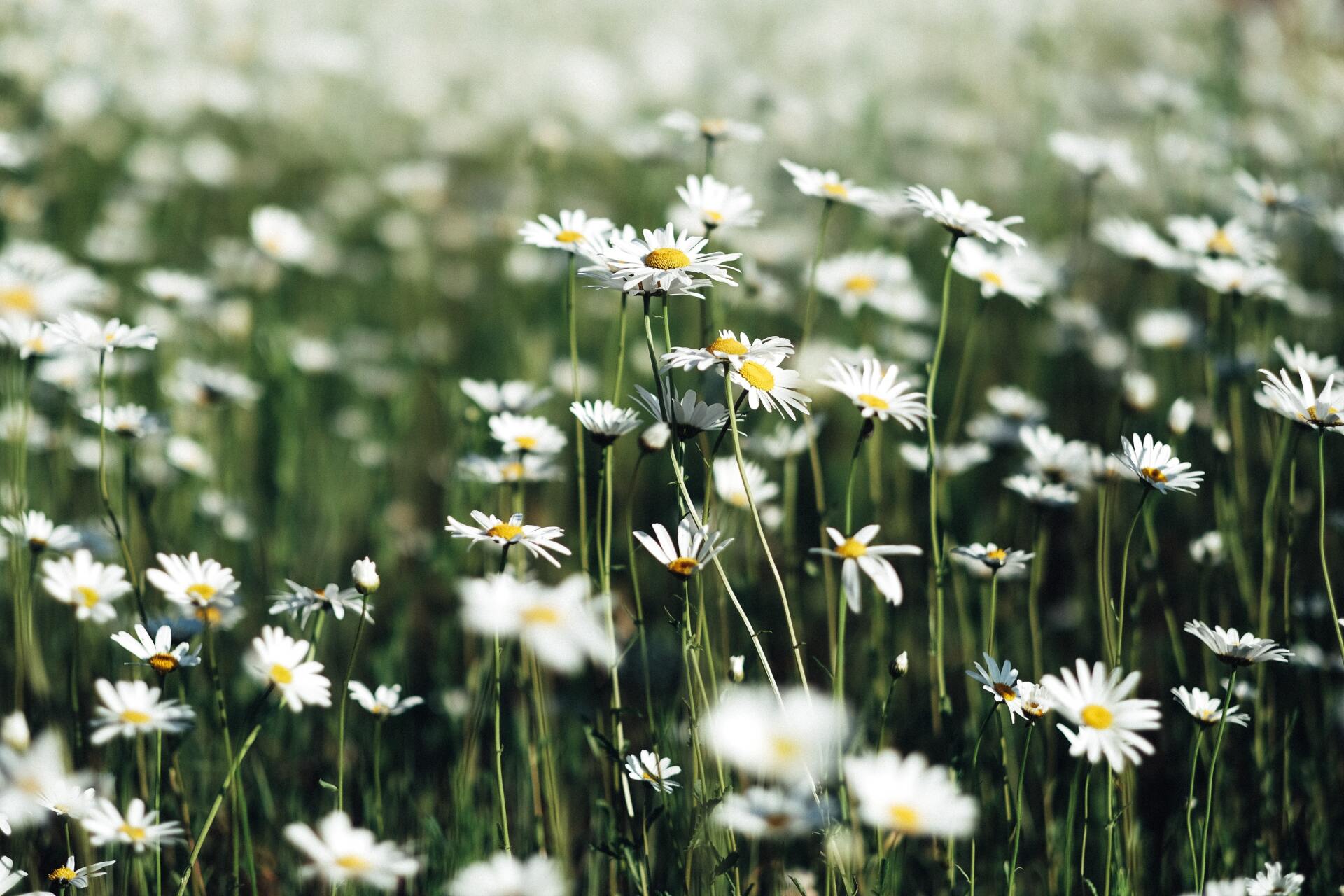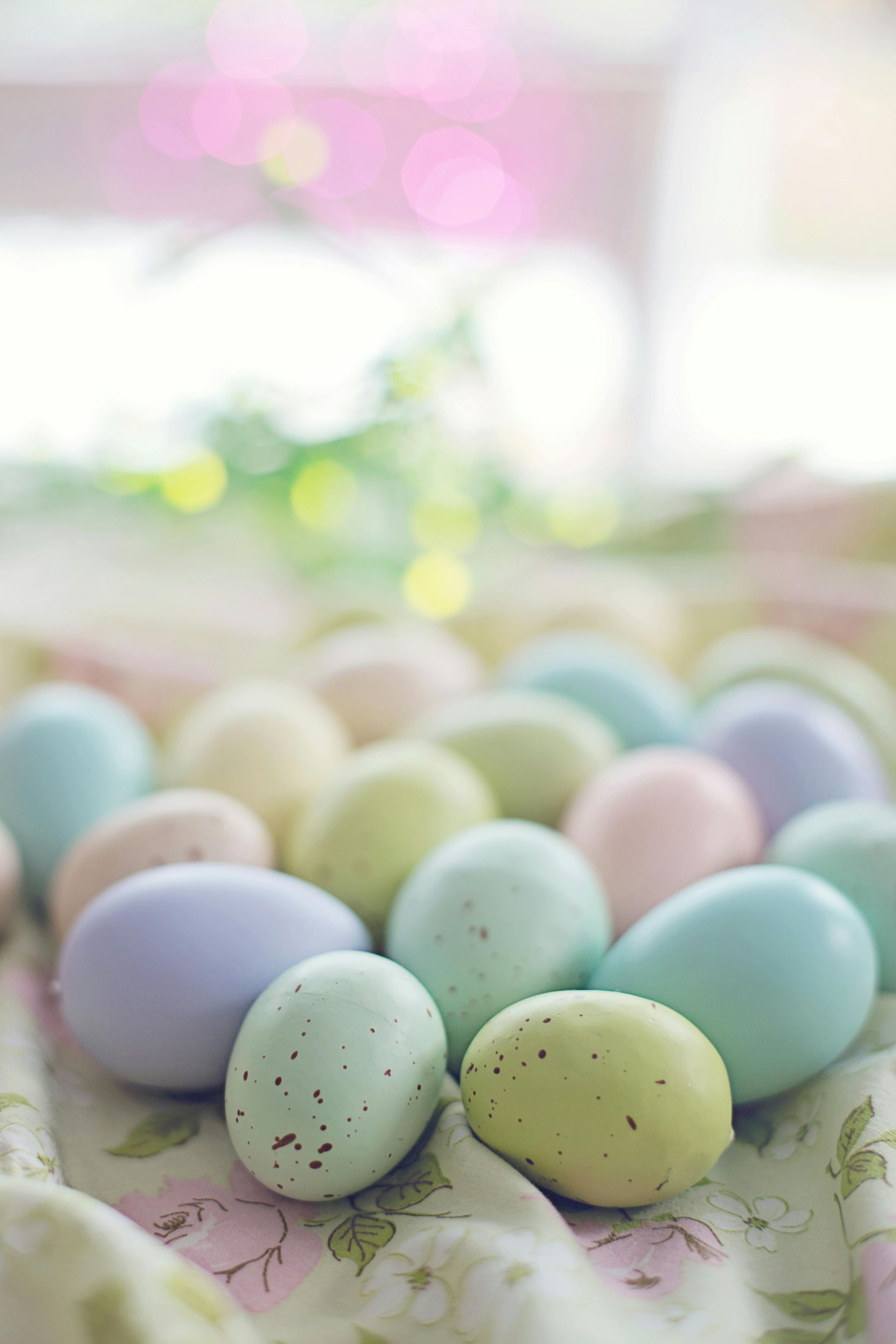Wildflowers In Guelph
Learn about common wildflowers across our beautiful city.

There is nothing comparable to the wildflowers across the parks and green spaces in Guelph. Shades of yellow, pink, purple and white blossom in symphony as the seasons change.
Are you ready to explore some of Guelph’s greenspaces? Check out these
trails
across the area. Remember to stay on the marked trails at all times, and never remove plants or wildlife from the area.
What Are Native Plants?
Many of these plants have developed with the land, also known as native plants.
“A native plant is one that has not been introduced by humans. It wasn’t brought over on a ship or snuck through airport security. It just grows in the area naturally,” explains Craig Willett, manager of Ellepots and RootSmart at A.M.A. Horticulture Inc. “That’s important because it means that native plants are uniquely adapted to local environmental conditions,” in this
Ontario Nature blog post.
We gathered a few of the most common wildflowers and native flowers you’ll see across the city.
Wildflowers and Native Plants in Guelph
White Baneberry
Commonly know as
doll’s eyes, these unique and very attractive white berries it produces from May to June. Be warned, although the berries are pretty, they are poisonous and should not be ingested. They grow in deciduous woods and thickets from Ontario, all the way to Manitoba and Nova Scotia. They grow best in part-shade to shade locations with well-drained, humus-rich soils.
Goldenrod
Don’t be fooled - this plant
does not cause seasonal allergies, that culprit is ragweed. Goldenrod is beneficial to butterflies, bees, and other pollinators. This prolific perennial has masses of golden flowers that make an impact in gardens and roadsides from summer to autumn.
Trout Lilies
These low-growing plants grow in clusters and are notably seen in bloom from March to May from Ontario to Nova Scotia.
Trout liles
are often seen in part-shade locations in moist, deciduous woodlands. Mottled foliage bears single, golden yellow flowers with a bronzy outside.
Jack-in-the-Pulpit
Often seen in early spring in moist woodlands. The clusters of flowers burst from the forest floor and then transform into clusters of red berries in later summer into fall. This plant faces threats from invasive plants such as garlic mustard and buckthorn, but the
NCC is working to protect it.
False Solomon’s Seal
The plant is perfect for full shade to part-shade areas.
This perennial is an easy-to-grow groundcover that can be seen in woodlands and along streams and ponds. They flower creamy white blooms in late spring at the end of each stem. It will produce edible but very bitter pink berries in the fall - a treat for birds and small mammals.
Wild Geranium
Also known botanically as
geranium maculatum, lavender-pink flowers blossom in clusters of 2-5 at the end of green foliage. They have a more extended flower period from March to July. They grow in dry or moist woodlands and dappled meadows. Bumblebees are also quite fond of this perennial.











